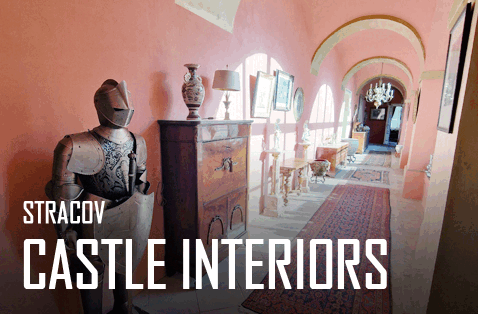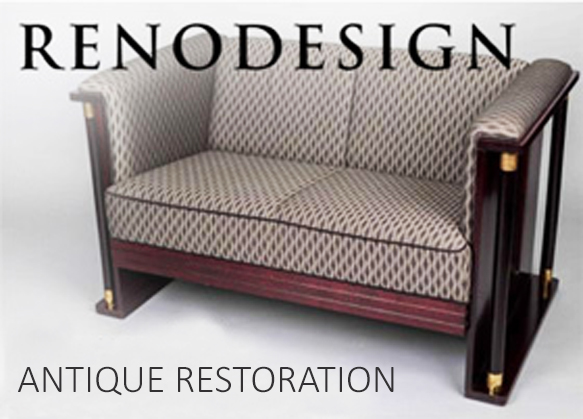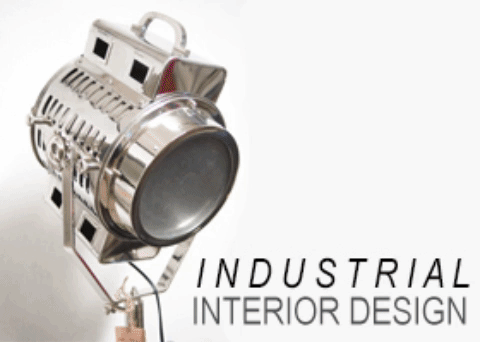Pirkenhammer porcelain factory
The Březová Porcelain Manufactory (German: Pirkenhammer or Pirken-Hammer) near Karlovy Vary was founded by the Thuringian merchant Friedrich Höcke in 1803, making it one of the oldest Czech porcelain factories.
Like other Czech porcelain factories, it received the privileges for porcelain production with a significant delay, in this case, in 1822, when the factory was already owned by Johann Martin Fischer and Christian Reichenbach.
In 1829, Březová proudly became the first factory in Czechia to receive permission to decorate with its copperplate engraving. In the 20s and 30s of the 19th century, the Březová porcelain factory experienced significant growth, gaining popularity through collaborations with successful painters.
After Martin Fischer's death, his son Christian Gottlieb took over the management of the company. In 1846, he became the sole owner when Christian Reichenbach retired. However, seven years later, he handed over the porcelain factory to his son-in-law Ludvík von Mieg.
In 1912, the porcelain factory concluded its arguably most famous deal with the British company supplying the Titanic. All ship's restaurants were equipped with Pirkenhammer tableware featuring the characteristic hammers in the brand, produced in Březová. As widely known, the ship, carrying more than two thousand passengers on its famous journey to New York, sank after colliding with an iceberg.
In 1919, the porcelain factory became part of the joint-stock company EPIAG. After World War II, it was nationalized and subsequently became part of the national enterprise "První česká továrna na porcelán," later known as Karlovarský porcelán.
After the Velvet Revolution, the privatization of the porcelain factory took place under the limited liability company Artporcel. However, a few years later, one of the most significant Czech porcelain factories came to an end. "Its demise in 1996 was caused not by the factory's poor economic situation but rather by the economic turmoil of the time," states Marek Mahler in the book "Oceňování starožitného porcelánu" (Appraisal of Antique Porcelain). The Březová factory remains empty, and the deteriorating building is intended to be replaced by a new residential district.



















